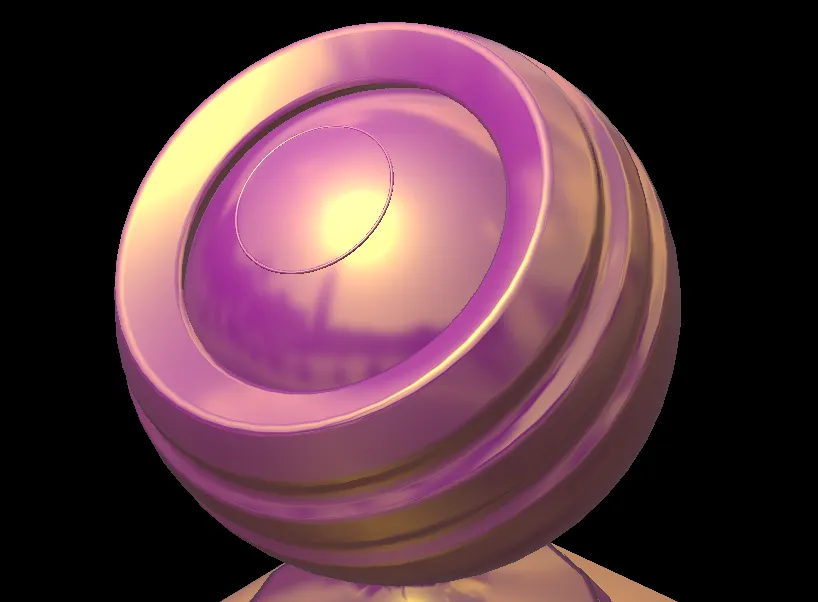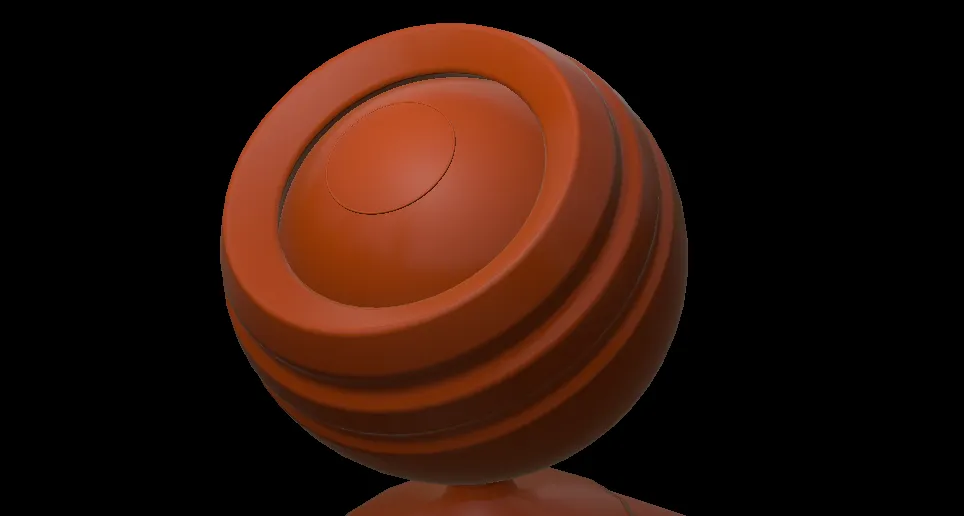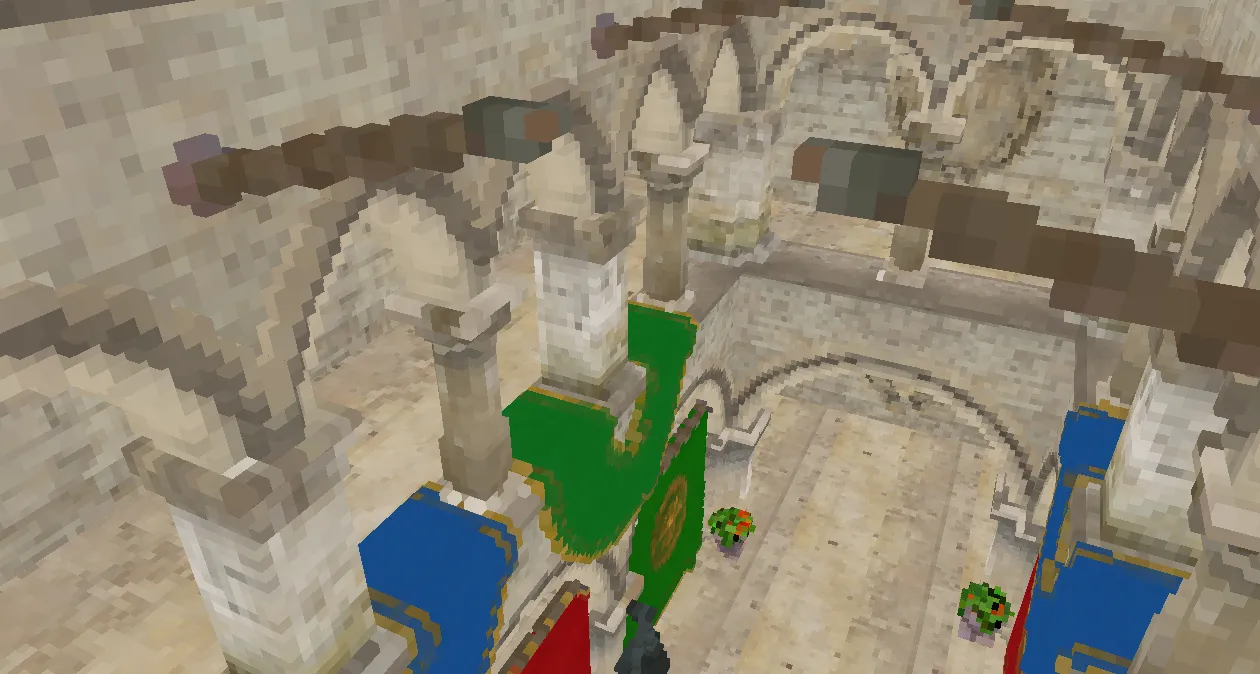Integrating RenderDoc
A few days ago a new version of RenderDoc was released, and while reading the changelist I discovered that Temaran has made a really cool plugin which integrate RenderDoc directly in Unreal Engine 4. This is extremely useful. More than once I launched debugging from Visual Studio, found a weird bug, and had to launch it again from RenderDoc, trying to reproduce the bug. So I looked at the source code uploaded on Github by Temaran, removed the UE4 related code and only kept a single class to be able to load RenderDoc and trigger a capture directly from my engine. ...


